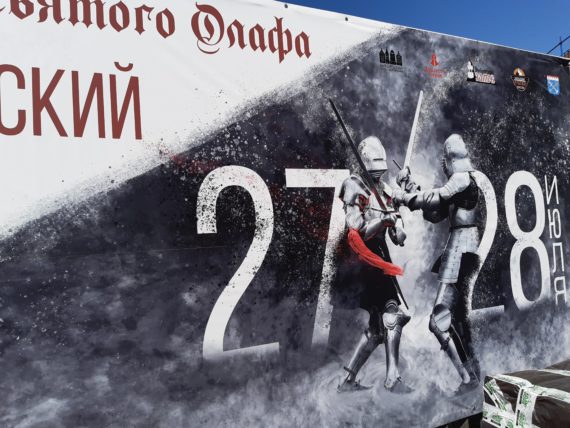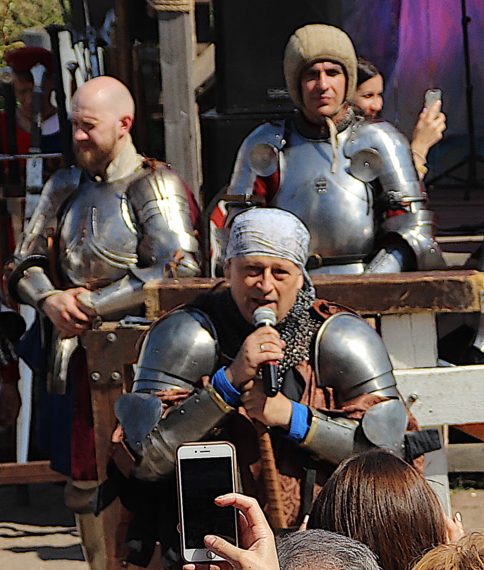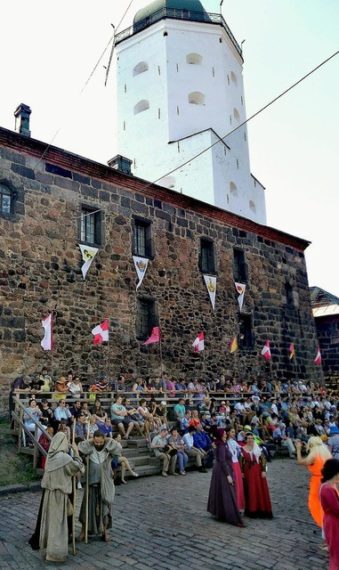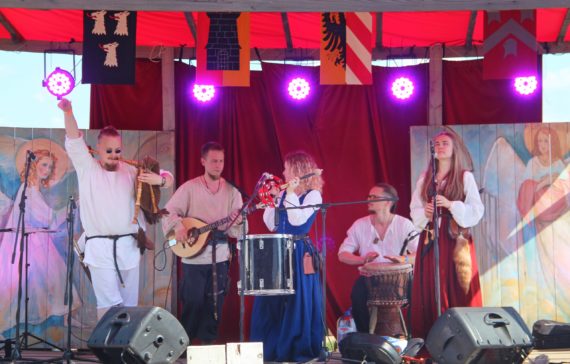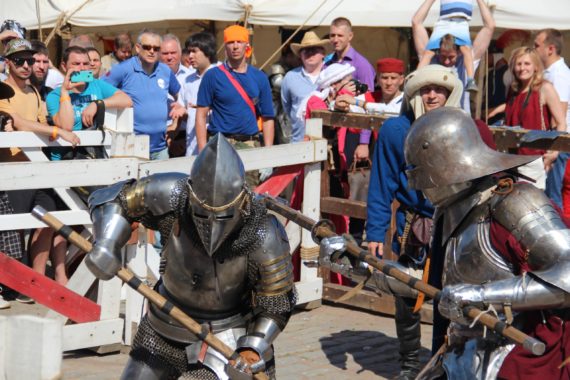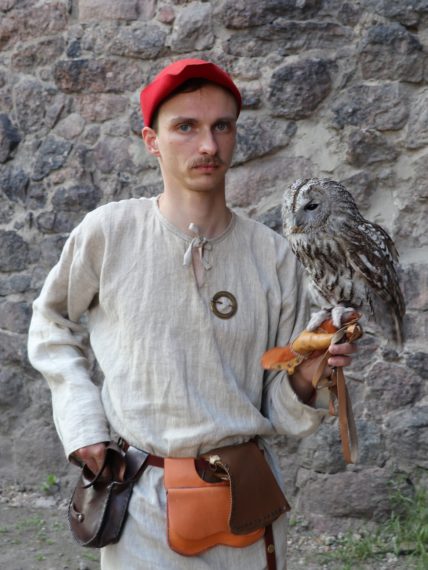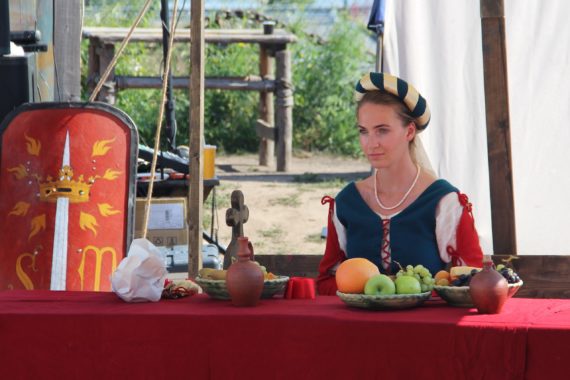The Content for Cross-Cultural Events – C3E is a Russian-Finnish project funded from the CBC 2014-2020 programme. It furthers creative management and marketing as well as creates new concepts for cultural festivals, cultural houses and event organizers in St. Petersburg, Vyborg, Kouvola, Kotka and Mikkeli regions. We also further the attractiveness of regions across the Finnish-Russian border through developing cross-artistic, multi-disciplinary concepts within festival and fashion design industries by using service design tools and gamification. Combining tourism and culture are our other focus areas. Cultural events have a great potential to be sources of sustainable development from the perspective of tourism related industries, since cultural events advance visits in the hotels, restaurants, nature destinations and other leisure attractions in the region. The significant increase in the number of festivals in St. Petersburg region in the recent years indicates the keen interest to event industry as one of the main boosters of cultural tourism as well.
This blog is about our observations and collaboration plans with the Vyborg Castle Medieval Festival. The C3E team Ms. Heini Haapaniemi, XAMK and Ms. Ekaterina Prozorova, SUITD, was observing the festival events summer 2019 and held two short meetings with the festival general manager, deputy director of Vyborg Castle museum Mr. Valentin Belousov discussing possible partnership with the C3E Project.
The annual festival of military-historical culture «St. Olaf’s Tournament» was held within the walls of the unique surviving Vyborg castle on July 27 – 28 / 2019. The visitors were transported several centuries ago to recreate massive spectacular competitions and exciting knight tournaments of the middle of the XIV – the first half of the XVI centuries in the epic locations of the castle built in the 13th century on the Gulf of Finland shores. Knight battles, professional fights, a fair and enchanting medieval music were presented for the guests.
Huge wall posters next to the Vyborg Castle indicate the dates and collaborating partners of the festival.
The festival is hosted by the Vyborg Castle Historical and Architectural Museum-Reserve (vyborgmuseum.org). The museum has existed since 1960. Today it features exclusive cultural events. The festival history on the territory of Vyborg Castle includes more than two decades of memorable events, popular among the community of historical reconstructors, as well as among residents of Vyborg and specially invited guests. St.Olaf’s Tournament was awarded as the best event -tourism project in 2018. Since 2015 vast reconstruction works are being held on the Castle island, the completion is planned by the end of this year.
At the opening ceremony the Governor of Leningradskaya oblast (Region) Mr. Alexander Drozdenko was present taking part at the tournament as a knight-fighter. Giving a speech for the guests, he mentioned that it is planned to develop the Festival project, investing into infrastructure and restoration work at the Castle to make it most festive event up to the 2020.
Beautiful historical setting for a Medieval festival.
The Dark River playing Medieval music
Martial arts and knights in armour.
Among most positive aspects of the event could be mentioned:
- High quality music, costumes and fights
- availability of museums and VR area during the festival events
- master’s of ceremony role and detailed historical information, presented by him (in Russian)
- kid’s area with equipment and guide
Features that need improvement and management:
- not enough space for the crowd and not convenient to watch the events (seats cannot accommodate the audience, though viewers standing in front the scene block the view for ones seated). Probably new concept for constructions is on demand, but as Mr. Belousov pointed out – the historical status of the place puts certain restrictions over newly built objects.
- no English-language information is available: neither English webpages nor brochures or other printed materials that could be found in the city hotels, restaurants, railway station or Allegro train magazine. Therefore there is no chance for foreigners to reach the event schedule or even get any general advertising information.
Open questions for further development and expertise within the C3E framework are:
- Communication with Committee for Culture and volunteers associations, supporting the festival; contacts with Finnish umbrella organizations
- Guided program at the Castle in English for foreigners visiting Festival, also a person in charge (master of ceremony) for foreign language explanations, comments and short information blocks
- marketing with SUITD and XAMK students participating – short internships 2 months prior to the event
- pre-marketing half a year before the event – students benefit getting inspired by different historical periods, designing content for the Castle identity
In the frame of the C3E research, St. Olaf’s Festival could be supervised for collaboration with Wiipuri Road Medieval Fare – Wiipuritien Markkinat taking place at Kouvola at early August.
Though fair component is more important at Kouvola event, some side activities as performers, apprenticeships and craft showcases could be fruitfully developed in collaboration with Vyborg festival.
The Vyborg festival would benefit from working closely with the C3E project and packaging their event with Vyborg restaurants, hotels and travel agencies that specialise in offering special cultural experiences for their customers. The festival would also increase its audience numbers by marketing in English and rethinking their marketing channels for international visitors. These are the next steps within the C3E project which will, in close collaboration with The Institute for Cultural Programmes, ICP contact the tourism umbrella organizations on the Finnish side of the border.
The Contents for Cross-Cultural Events – C3E project is led by XAMK and supported by the CBC 2014-2020 programme funded by the European Union, The Republic of Finland and the Russian Federation.
Photo Credits:
Ms. Heini Haapaniemi
Mr. Oleg Moiseev
Mr. Alexander Alabushev
Writer:
Ms. Ekaterina Prozorova, SPbSUITD The Saint-Petersburg State University of Industrial Technologies and Design, St. Petersburg, Russia
Project Manager, Conceptual Manager, Head of the Equipment Design for Environmental Objects Department, Associate Professor of the Environmental Design Department, PhD in Cultural Studies
Co-Writer:
Ms. Heini Haapaniemi, XAMK the South-Eastern Finland University of Applied Sciences,
Creative Businesses, Kouvola Campus, Finland
Project Manager, RDI specialist in cultural administration and development projects

